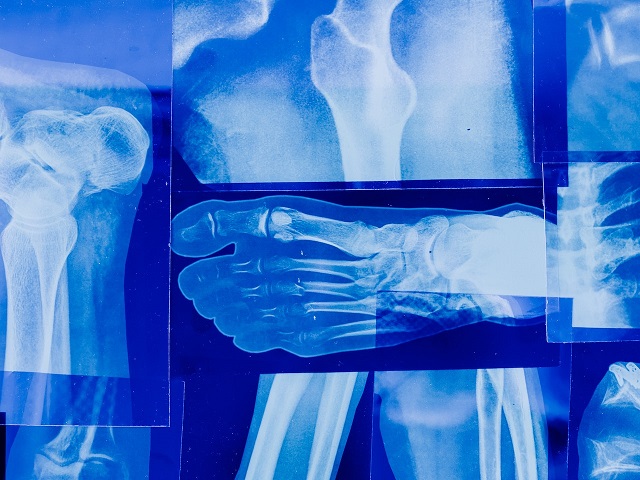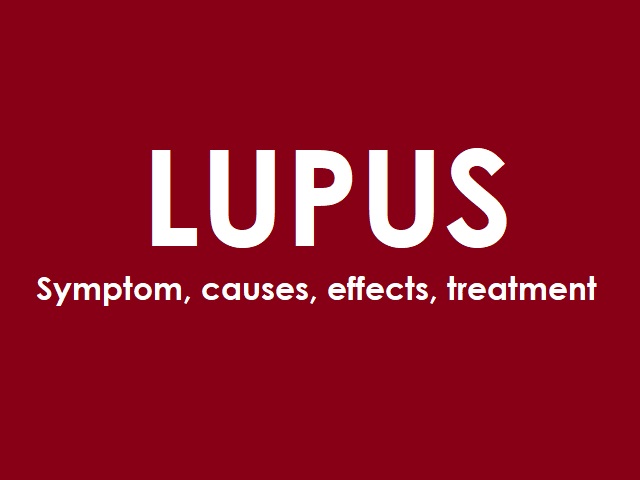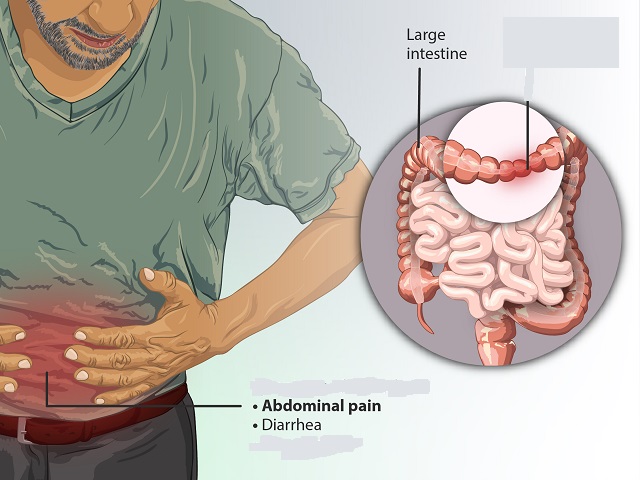3 Signs You May Have Osteochondroma -- Symptoms, Causes, Effects, Treatment and Prevention
Osteochondroma is a benign bone tumor that typically develops during childhood or adolescence. It involves an overgrowth of both bone and cartilage, forming a bony protrusion near the growth plate of a long bone. Here is a brief overview of the symptoms, diagnosis, causes, effects, treatment, and prevention of osteochondroma:
Symptoms of Osteochondroma:
Most osteochondromas do not cause any symptoms and are incidentally discovered during routine imaging. However, if symptoms do occur, they may include:
- A painless lump or mass near a bone, often at the end of a long bone.
- Limited range of motion if the tumor is near a joint.
- Pressure or irritation of nearby nerves, blood vessels, or soft tissues in rare cases.
Diagnosis of Osteochondroma:
Osteochondromas are typically diagnosed through a combination of medical history, physical examination, and imaging tests. Diagnostic approaches may include:
- X-rays: These can visualize the bony protrusion and determine its size and location.
- MRI or CT scans: These imaging techniques provide more detailed information about the tumor's structure and its relationship to surrounding tissues.
- Biopsy: In rare cases where the diagnosis is uncertain or malignancy is suspected, a biopsy may be performed to examine the tissue microscopically.
Causes of Osteochondroma:
The exact cause of osteochondroma is not fully understood. However, it is believed to be a result of genetic mutations during bone growth and development.
Effects of Osteochondroma:
In most cases, osteochondromas are benign and do not pose significant health risks. However, they may cause discomfort, limit joint mobility, or lead to complications if they impinge on nearby structures.
Treatment of Osteochondroma:
Treatment for osteochondroma is typically not required unless the tumor causes symptoms or complications. Treatment options may include:
- Observation: Many osteochondromas do not require intervention and can be monitored for any changes.
- Surgical removal: If the tumor causes pain, functional impairment, nerve compression, or other complications, surgical excision may be recommended.
- Regular follow-up: In cases where the tumor is not removed, periodic monitoring with imaging studies may be necessary to assess for any changes or potential risks.
Prevention of Osteochondroma:
Since the exact cause of osteochondroma is unknown, there are no specific preventive measures available. Regular check-ups and early medical evaluation for any signs or symptoms can help ensure timely diagnosis and appropriate management.














